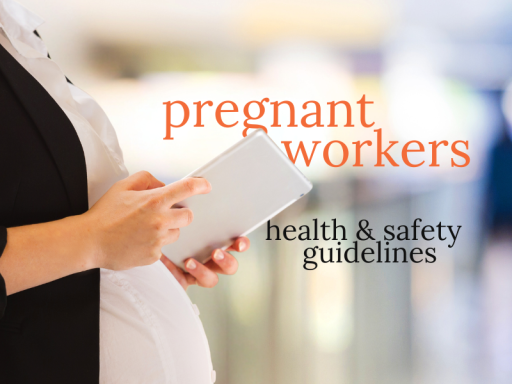Understanding the Risks
Certain workplace hazards can pose a greater risk to pregnant women and their unborn babies. These hazards include:
- Exposure to harmful substances: This can include chemicals, dust, fumes, and biological agents.
- Physical hazards: Heavy lifting, awkward postures, and repetitive tasks can all increase the risk of injury or strain.
- Work stress: High levels of stress can be harmful to both mother and baby.
- Long working hours and shift work: These can lead to fatigue and increase the risk of accidents.
- Exposure to infectious diseases: This can be a risk for some healthcare workers and those working in childcare settings.
Employer Responsibilities
The Health and Safety Executive (HSE), the UK's national regulator for workplace safety, has guidance for employers on protecting pregnant workers and new mothers. Here are some key employer responsibilities:
➡️ Risk assessment: Employers must carry out a risk assessment to identify potential hazards in the workplace that could affect pregnant workers and new mothers.
➡️ Individual risk assessment: Once a worker informs their employer that they are pregnant, a specific risk assessment considering their individual circumstances should be conducted.
➡️ Control measures: Employers must take steps to control or eliminate risks to pregnant workers and new mothers. This may involve providing alternative duties, modifying work schedules, or providing appropriate personal protective equipment (PPE).
➡️ Safe working environment: Employers must maintain a safe working environment for all employees, including measures to prevent slips, trips, and falls.
Empowering Pregnant Workers
Pregnant workers also have a role to play in protecting their own health and safety in the workplace. This includes:
- Communicating with employers: It is important for pregnant workers to inform their employer as soon as they are aware of their pregnancy.
- Discussing any concerns: Workers should discuss any concerns they have about workplace safety hazards with their employer.
- Following safe work practices: Pregnant workers should continue to follow all safety rules and procedures in place at work.
- Seeking advice: Pregnant workers can find more information and advice from their midwife or doctor.
For more detailed information on the specific guidelines and legal requirements, refer to the HSE website.
What No Safety can help businesses of all sizes develop and implement effective safety programs to protect pregnant workers and new mothers. Contact us today to learn more about our services.

